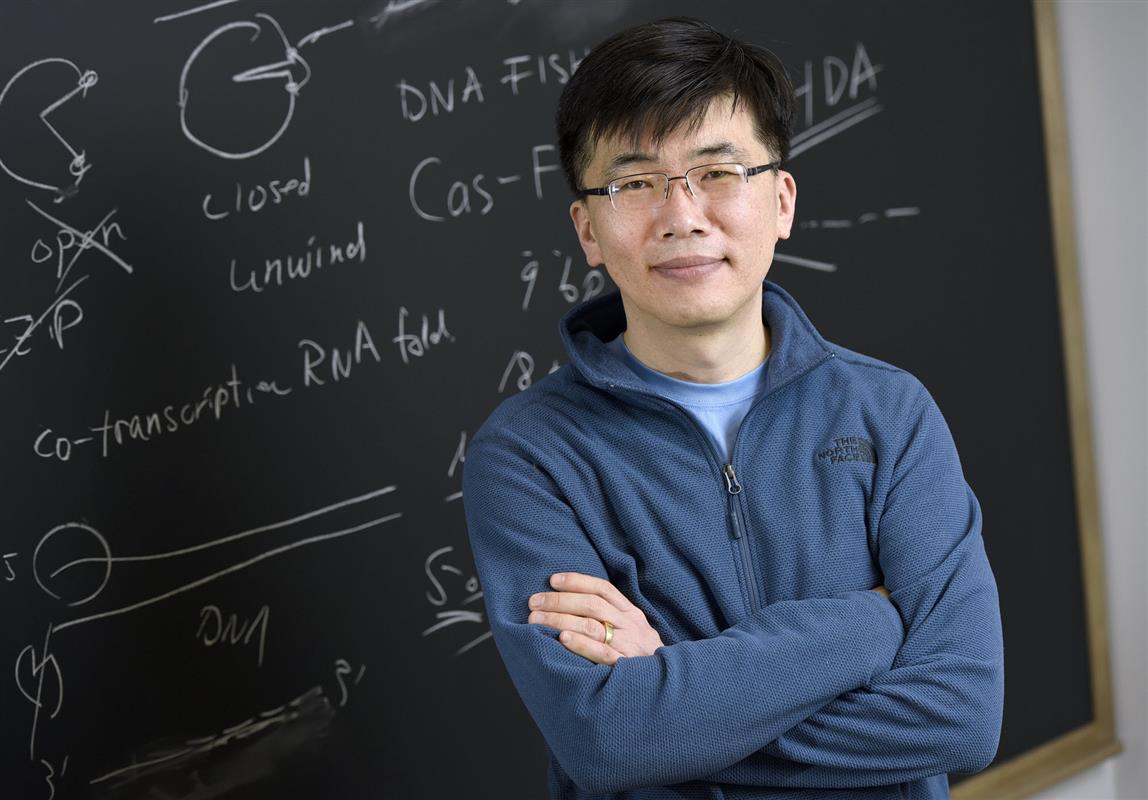NEWS
ISS Honors Prof. Daniel Axelrod with Gregorio Weber Award
Champaign, Illinois - February 20, 2010 - At this year’s Annual Meeting of the Biophysical Society in Long Beach, California, ISS announced the recipient of the Gregorio Weber Award for Excellence in Fluorescence Theory and Applications. ISS honored Prof. Daniel Axelrod for his significant and original contributions to the advancement and applications of fluorescence techniques.
The award is named for Professor Gregorio Weber who pioneered the developments in the theory and use of fluorescence techniques. Prof. Axelrod is committed to this tradition.
Professor Daniel Axelrod specializes in the development and application of novel fluorescence microscopy techniques useful to cell biologists and biochemists. He is currently a Professor Emeritus in the Dept. of Physics and Biophysics at the University of Michigan in Ann Arbor.
While at Michigan in 1981, he introduced total internal reflection fluorescence (TIRF) microscopy, now a popular method to view cell dynamics and single molecules at surfaces, because of its greatly reduced out-of-focus background. Subsequently, in collaboration with many excellent graduate students and other researchers, he combined TIRF with a variety of other techniques including fluorescence polarization, energy transfer, spatial and temporal correlation, and photobleaching recovery to explore a variety of problems in surface biochemical kinetics and membrane and receptor dynamics. He currently collaborates with Prof. Ron Holz in the UM Pharmacology Dept. using these combinations to help understand the dynamics of cellular secretion.
Before going to Michigan, he was a postdoc in the lab of Prof. Watt Webb at Cornell, where, in collaboration with Prof. Eliot Elson and with other researchers, he helped put fluorescence recovery after photobleaching (FRAP) on a mathematically quantitative basis and apply it to studies of cell surface receptor mobility.
Prof. Axelrod received a B.S. in Physics and in Mathematics from Brooklyn College, and a Ph.D. in Physics from the University of California at Berkeley. He is the author or coauthor of more than 100 publications, and has taught a diverse range of college courses ranging from standard physics and biophysics to graduate-level optical microscopy, the history and science of nuclear strategy, and the physics of music.
ISS is honored to recognize Prof. Axelrod as this year’s recipient of the Gregorio Weber Award for Excellence in Fluorescence Theory and Applications for his continued contributions to the evolution of the field.



